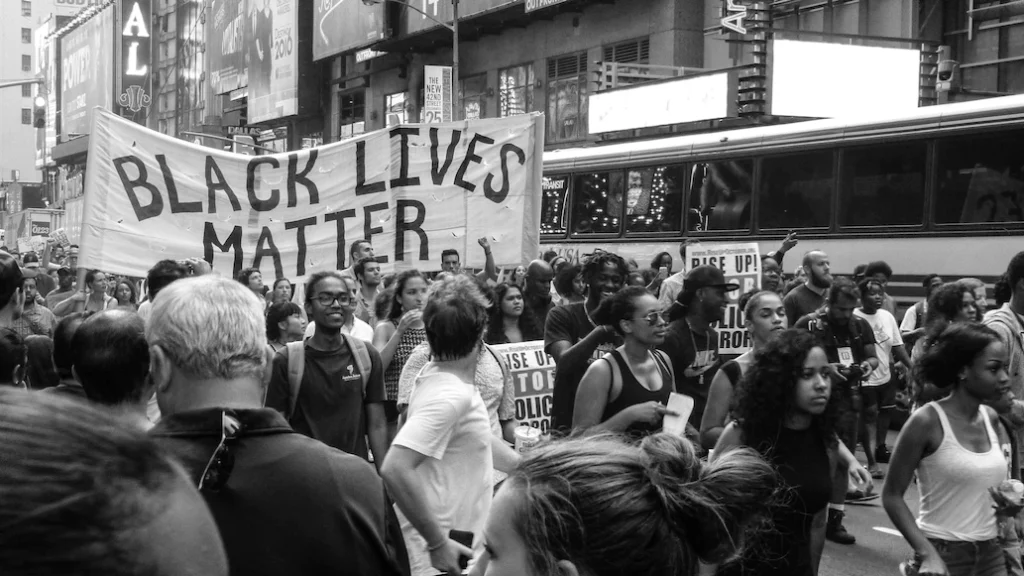"Despite diverse perspectives, every child deserves to grow up well-informed and safe; starting conversations about racism early builds a foundation of understanding and empathy."

Conversations about racism and discrimination can vary widely from one family to another, reflecting the perspectives each family brings to the table. Despite these differences, the goal is the same: every child deserves to grow up well-informed and safe. Research indicates that the earlier parents start these conversations with their children, the better. Early discussions help children develop a strong foundation of understanding and empathy that will guide their actions and attitudes throughout their lives.
This article offers tips on how to talk to kids about race and racism. We aim to help parents have meaningful, age-appropriate conversations that encourage respect, awareness, and a sense of right and wrong.
Reflect on What You Know

Reflecting on what you know about race and racism is an essential first step before discussing these topics with your children. Begin by acknowledging your own beliefs and understandings related to race, inequalities, class, and identity. Your personal experiences and the level of privilege you hold shape how you interpret current events and, consequently, how you talk to your kids about these sensitive issues. Check out On the Black Lives Matter Movement to read up about race perspectives in other parts of the world.
Your perspective is influenced by your lived experiences. This awareness will help you approach the conversation with humility and openness. Before you start explaining racism to your children, take some time to reflect on what you already know. Educate yourself further on the subject to ensure you’re well-informed. This preparation can help you feel more confident and provide your child with accurate information.
Equally important is acknowledging what you don’t know. It’s perfectly fine if you can’t answer every question your child asks. Admitting that you need to look up certain information demonstrates honesty and a commitment to learning. Some viral news stories on social media may be misleading, or there may be historical or political contexts about race that require deeper understanding.
When faced with a question you can’t answer, tell your child that you’ll research it and suggest that you learn together. This approach not only sets a good example of seeking knowledge but also prevents the spread of misinformation. It’s far better to admit when you don’t have all the answers than to provide incorrect information. This process fosters a collaborative learning environment and teaches your child the value of continuous education on complex issues like race and racism.
Clarify Family’s Values

Clarifying your family’s values will help when discussing race and racism with your children. It’s important to use your words, actions, and overall behaviour to demonstrate what you believe in. Show your children that you stand for equal treatment for all, justice, and respect for every individual regardless of their skin colour, language, religion, or other differences.
Be a good role model in every aspect of your life. As children grow, they start to reflect on the views and behaviours they observe around them. They typically look to family members for guidance, but they also learn from teachers, friends, coaches, and the media they consume. Your influence, combined with these other sources, shapes their understanding of the world.
It’s essential to be mindful of the subtle and not-so-subtle messages you send. Stereotyping, jokes at the expense of others, and remarks of displeasure or disdain can negatively shape children’s views on race and other differences. Equally important is the absence of positive expressions or images; children notice when inclusivity and respect are missing.
Therefore, model thoughtful, inclusive behaviour consistently. Show through your actions and words that everyone deserves respect and fair treatment. By doing so, you help instil values of justice and equality in your children, setting a strong foundation for their understanding and actions as they grow.
Be Age-Appropriate

Being age-appropriate is important when discussing race and racism with children. As children grow, their understanding of the world evolves, and it’s important to tailor your conversations to their developmental stage to ensure they grasp the concepts effectively.
Preschoolers:
These kids are just beginning to learn about right and wrong, discussions about fairness and justice are key. At this age, kids are naturally curious about differences, including skin colour. If your child asks about someone’s skin colour, use it as an opportunity to acknowledge that people do look different and celebrate that uniqueness. You could say, “We are all human, and we are unique just the way we are.”
This simple yet profound statement helps them understand that while we may look different, we share a common humanity. Always be open to your children’s questions. When kids feel that they can ask anything, it prevents the topic from becoming taboo. Avoid shutting down their inquiries, as this might make them think that race and racism are off-limits subjects. Instead, encourage their curiosity and provide answers that are honest yet appropriate for their age.
School-age kids:
When discussing race and racism with school-aged children, it’s essential to use practical examples from everyday life. These examples help them understand complex issues in a relatable way. By doing this, they can better grasp how it might feel to be discriminated against, left out, or treated unfairly simply because of their race.
Encourage your child to share what they’re hearing at school, on television, and through social media. Asking them about these sources can open up a dialogue where they feel comfortable discussing their thoughts and questions. For instance, you might ask, “What have you heard about why certain people are prejudiced against certain races?” or “How would you feel if someone didn’t want to be friends with you just because of your race?”
Talking openly about these questions can lead to deeper understanding and empathy. By connecting these discussions to real-life examples of groups who have been discriminated against, you can provide context and make the conversation more impactful.
Preteens and teens:
Older kids are better prepared to tackle tougher topics. They have a more developed sense of right and wrong and can understand the complexities of these issues more deeply.
One effective approach is to brainstorm ways they can help address racial issues. Encouraging them to think of proactive steps they can take not only helps them engage with the topic but also empowers them to make a difference. For example, you might suggest they speak up for a friend who is being bullied because of their race. This not only supports their friend but also sets an example of standing against discrimination.
By approaching these conversations in an age-appropriate manner, you can help your older children develop a nuanced understanding of race and racism. This prepares them to be thoughtful, active participants in creating a more inclusive and equitable society.
Celebrate Diversity

Celebrating diversity is a vital part of talking to kids about race and racism. It’s important to have these conversations because they help children understand, respect, and appreciate the differences between people. When kids learn about and celebrate diversity, they build empathy and compassion for others, which can inspire them to take positive actions against injustice.
Teaching children about different racial and social groups through positive interactions can significantly decrease prejudice. When kids are exposed to the richness of various cultures, they begin to see the world from different perspectives. This exposure can be achieved in simple, enjoyable ways. For instance, you can explore foods from different cultures together, read stories that highlight diverse characters and experiences, and watch films that represent a variety of backgrounds.
Shared experiences like these not only broaden your child’s understanding but also build trust and openness. By engaging with diverse cultures, your child learns to value different viewpoints and experiences. This openness fosters a more inclusive mindset, making them more accepting and appreciative of people from all walks of life. Celebrating diversity in these ways helps create a foundation of respect and empathy that will guide your child throughout their life.


